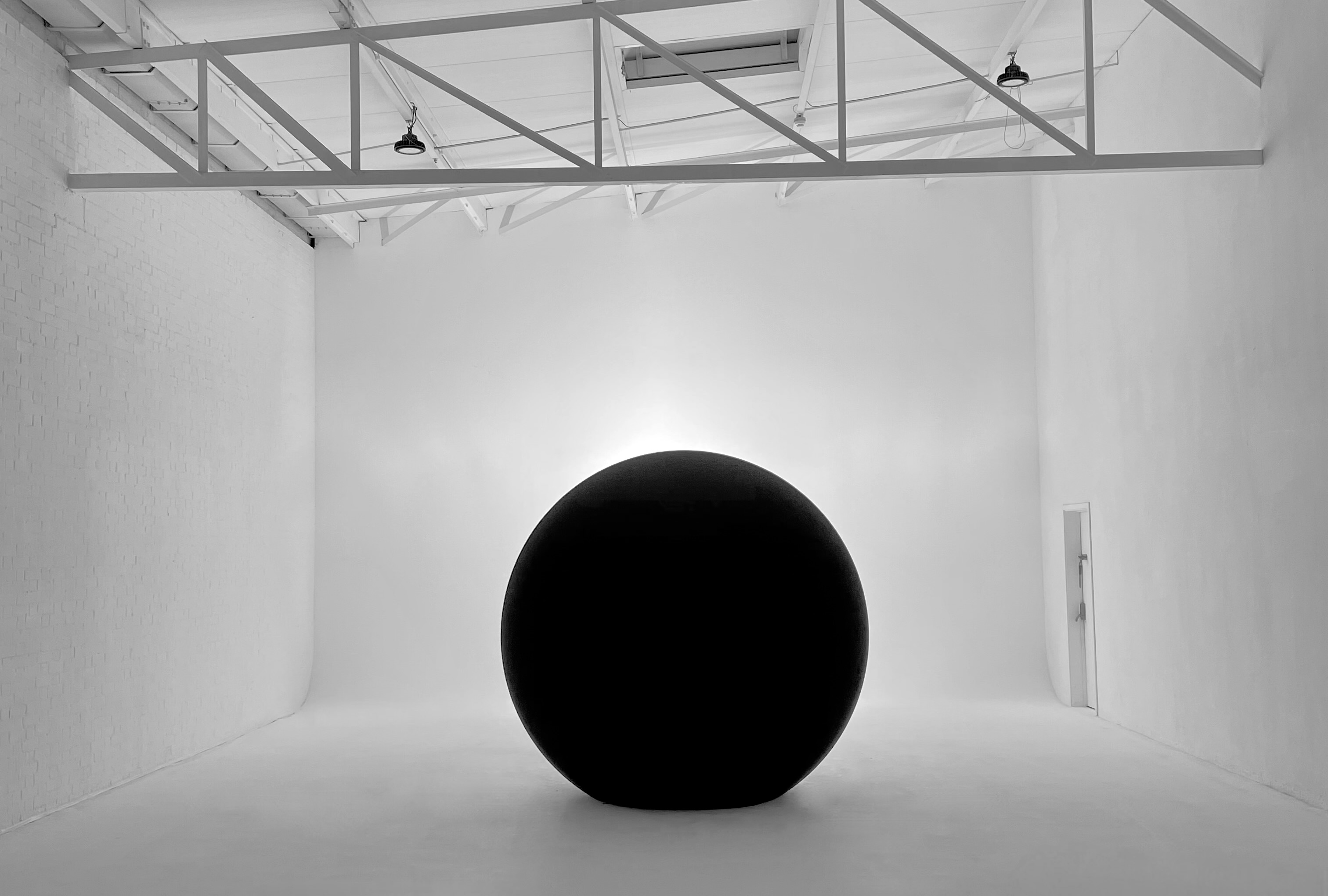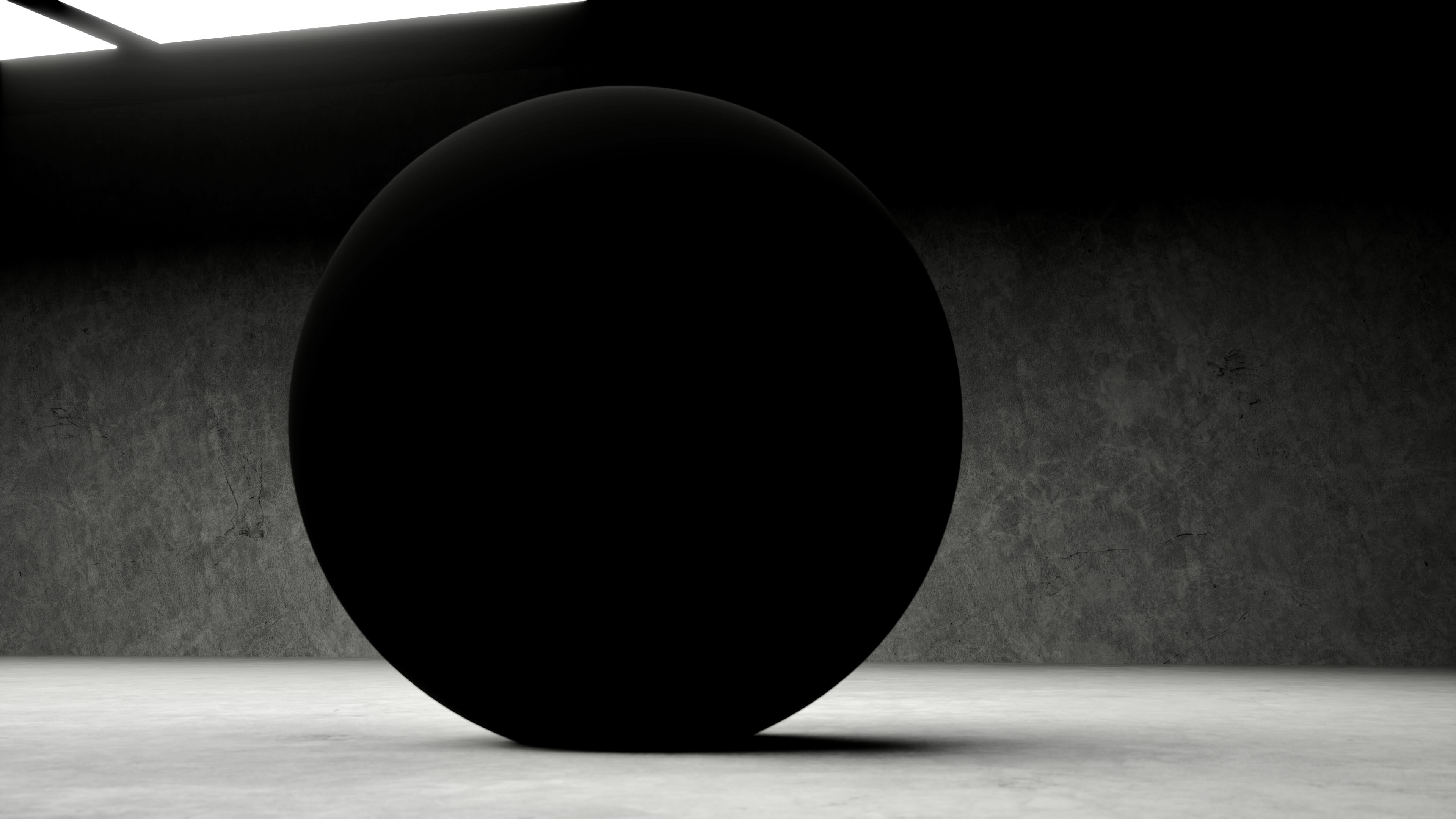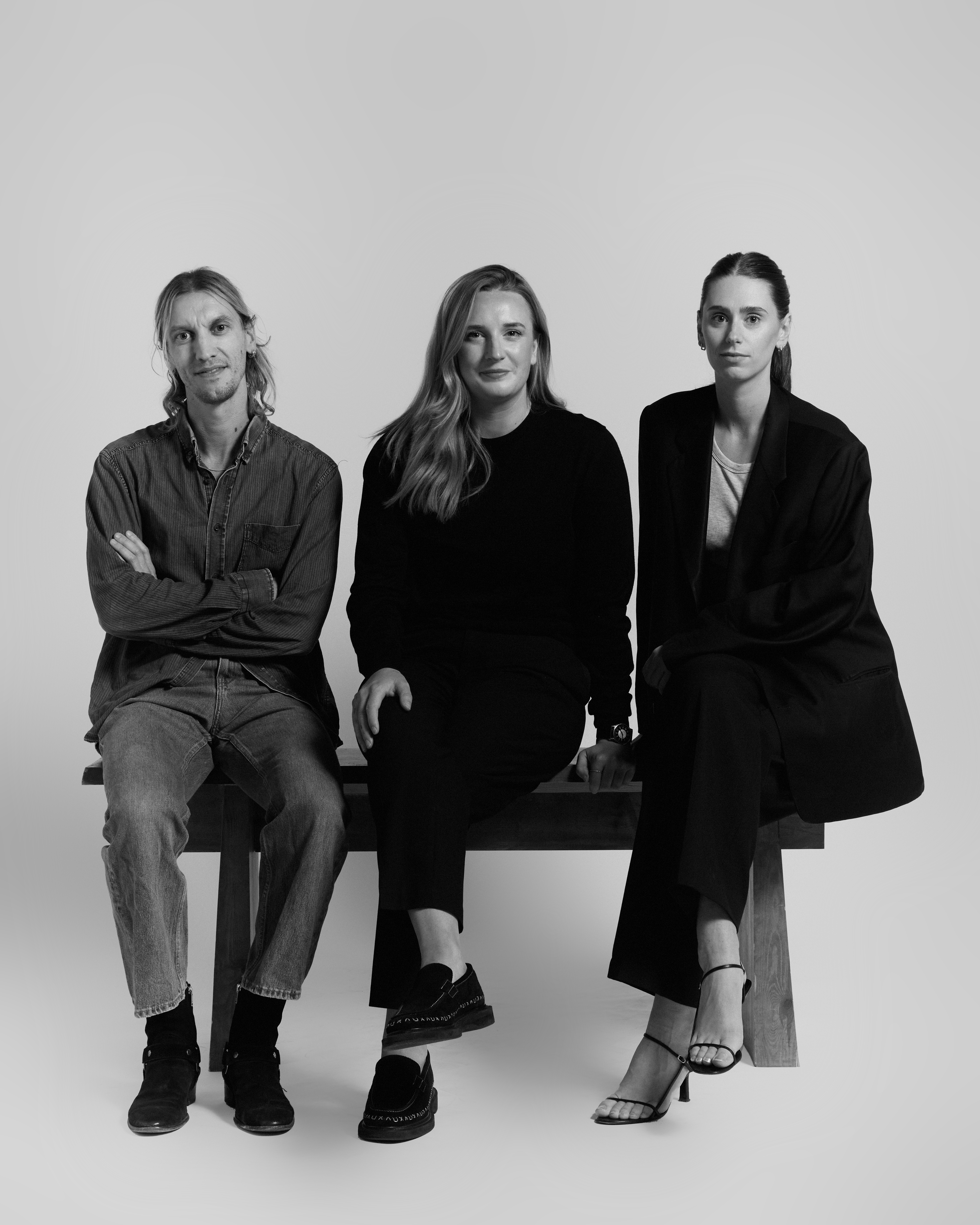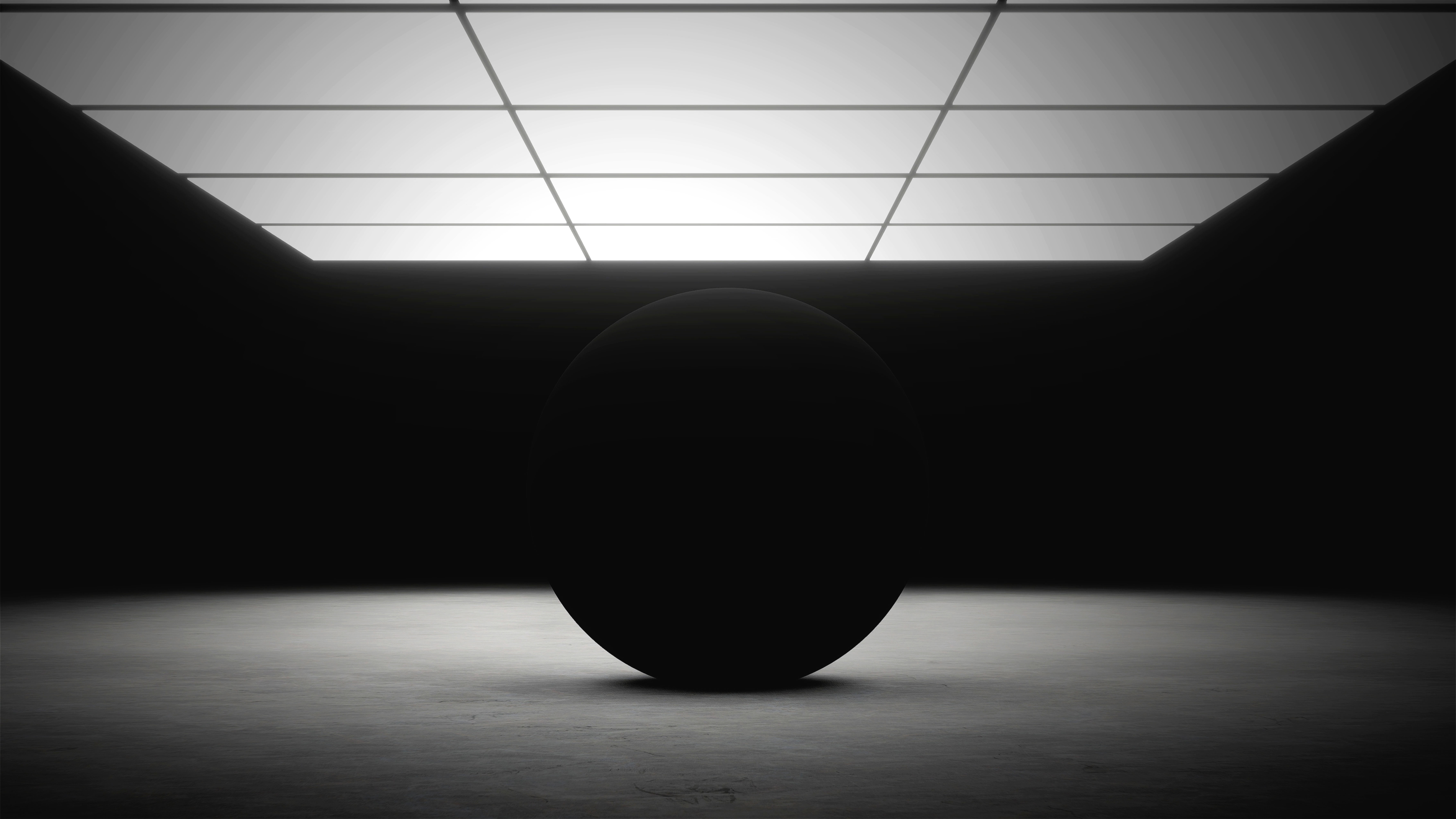Will VR platform Xydrobe change the way you shop fashion in 2023?
Accessed via futuristic ‘Xydrobes’ – physical sphere-shaped portals – virtual shopping universe Xydrobe promises the future of retail and digital brand storytelling, with fashion’s major players already signed up to be a part

From Metaverse Fashion Week to a slew of NFTs, wearables and futuristic retail spaces, the digital fashion landscape is unfolding at a rapid pace, with avenues of perceived opportunity unfurling in every direction. But a real jump in innovation that chimes with a luxury customer has so far proved evasive – whether forays into dressing digital avatars in Fortnite, Minecraft and Bitmoji, CFDA’s recent NFTs with Coach, Michael Kors, Tommy Hilfiger and more (prices starting at $15,000 each), or ‘digital couture house’ Auroboros, these various innovations seem to lack to experiential element which remains crucial to the luxury customer. With the recent crash of Bitcoin and the collapse of FTX, it can sometimes feel a bit like the same thin air.
A small group of new digital players, though, are doing things differently. Zero10, an AR fashion platform launched in 2020 by George Yashin aims to bridge traditional forms of fashion with the digital through its try-on technology. 2023 will see the launch of Syky, which straddles digital, physical and augmented fashion, founded by former Ralph Lauren digital executive Alice Delahunt. And then there is London-based Xydrobe. Here, we take a close-up look at one of the most promising players that might just change the way you shop.

Xydrobe
What is Xydrobe?
Xydrobe, pronounced ‘zai-drobe’, says it is ‘a physical destination and experience that will enhance your experience of luxury fashion’. There’s a physical part and a digital part to the company.
Firstly, a ‘Xydrobe’ is a physical fibreglass sphere, 2.5m in diameter, that you step inside (entrances have been made large enough for wheelchairs and it accommodates up to the 99th percentile of men’s height). Once inside, you can stand or sit. There are nine surround sound speakers, a scent machine (allowing brands to house fragrances or reflect the atmosphere with a unique smell), a temperature and wind machine (to create effects such as floating through the sky on a warm breeze), and a top-of-the-range headset that tracks eye movement (which reduces motion nausea). Customers are guided through the digital experience with visual and audio cues.
‘Inside these Xydrobes will be customised virtual experiences, whereby customers can get access to a unique landscape that the brands have designed themselves that can either speak to the history or future of the brand, its present day, but it doesn't look anything like a shop,’ Nell Lloyd-Malcolm, CEO tells Wallpaper*. ‘It can be whatever they want. Customers will be able to shop real products, such as limited editions available exclusively via the Xydrobe, as well as other treasures that might inspire greater connection to the brand.’
The appeal is wide-ranging. ‘At the moment, we are mostly working and talking with top-tier luxury brands that span from fashion, jewellery, real estate, beauty, automobiles, to fragrance,’ says Lloyd-Malcolm. ‘The traction we’ve had to date has been a resounding yes from every single one of our brands.’ Eight luxury brands – a founding brand partner for each luxury vertical with multiple retail locations – have signed up for a fleet of Xydrobes (all currently under NDA). The list of confirmed brands for the ‘at home’ headset application, due to launch in 2024, is already extensive.
Xylab, pronounced ‘zai-lab’, was started as a sister brand of Xydrobe, made to service the surge of requests from brands seeking help with a wide range of digital needs, which are becoming rapidly more sophisticated. ‘Xylab is the best access point for brands looking to explore their NFTs and Web3 strategy as well as retail-based VFX content and digital or LED experiences,’ explains Michael Pegrum, CMO.
Wallpaper* Newsletter
Receive our daily digest of inspiration, escapism and design stories from around the world direct to your inbox.
If a brand doesn’t have the confidence or skill set to build its own digital experience in-house, Xydrobe has the ability to create digital and sensory worlds for brands. ’Brands we've been working with so far are trusting us a lot creatively with what their worlds might be like and what they could create within that experience because they don't have pre-existing teams that already work in this kind of environment,’ says Isabella Gallucci, CBO.
Who is behind Xydrobe?
The trio behind Xydrobe is young and impressive. Lloyd-Malcolm, CEO, was previously a visual FX producer with over 10 years of experience working on Hollywood projects such as Star Wars and Mission: Impossible. She started her career as a coffee runner in the visual effects department at Pinewood Studios, fetching coffee for the facial motion capture specialist who worked on Lupita Nyong’o’s Star Wars character Maz Kanata and learnt hands-on from the best in the VFX industry. Gallucci, CBO, was previously a luxury fashion stylist clocking over seven years at e-commerce giant Matches Fashion. Pegrum, CMO, brings over 15 years of experience in PR and marketing, working for brands such as Vivienne Westwood and Perry Ellis, as well as an address book of global contacts in the luxury space.
Collectively, the trio – based in Shoreditch, east London – have known each other for over a decade, meeting at a foundation course (Lloyd-Malcolm and Gallucci) and at Vivienne Westwood (Lloyd-Malcolm and Pegrum). It was early spring 2021 when Lloyd-Malcolm called on Gallucci and Pegrum with her idea to join the dots between the VFX expertise of Hollywood with luxury fashion’s appetite for the next frontier. ‘Importantly, we all had a skill set that neither one of us really shared, but the skills were very complimentary and important in each of our three areas,’ she says.

The Xydrobe founders. Left to right, Michael Pegrum, Nell Lloyd-Malcolm and Isabella Gallucci
Why is Xydrobe working?
Critically, although a wizard with VFX and tech in general, Lloyd-Malcolm has always been passionate about fashion. A foot in both worlds, and an understanding of luxury fashion houses, allowed her to correct an assumption that many had built now-failing businesses around: ‘the luxury consumer is very different to the gaming consumer’. By December 2021, the team was working on an NFT of the JW Anderson cardigan worn by Harry Styles that had set the internet on fire. NFTs were flying in the art world and it made sense for fashion to follow. But early on, the team identified the importance of connecting with customers through experience and accelerated their roadmap to move away from NFTs and focus on Web3 experiences that sparked the imagination.
‘We quickly recognised that the customer bases of someone who understands and appreciates luxury fashion, and someone who holds value with an NFT are two very different customer bases that have not yet overlapped,’ says Lloyd-Malcolm. ‘Brands and customers are way more interested and excited about the experience than they are actually about owning a piece of digital IP, because that doesn't actually relate to anything for most luxury fashion shoppers, they don't have an avatar they can wear it on.’
In terms of VR technology, the team has tapped the science and magic of VR that triggers our synapses. ‘We know that VR memories are recognised as real memories. When you remember a VR experience, the brain recalls the real emotion of that moment,’ explains Lloyd-Malcolm. ‘Universally, everyone wants an amazing experience. Luxury knows how to do experience phenomenally within retail, but often many new companies are not engaging with retail as they see the future as all about digital and all about scale. But there’s going to be no world in the future where we are all sitting at home on VR headsets: we are human beings, and we need human interaction.
‘Retail is still where 90 per cent of luxury brands derive 70 per cent of their sales. And so creating something that enhances an already amazing in-store experience with something that can provide a customer with a level of understanding about a brand, but also a feeling that can’t be created in real life. Who doesn’t want that?’

Xydrobe
What’s next?
A demo Xydrobe will be stationed in London from spring 2023, for customers and potential brands to trial. 2023 will see the rollout of Xydrobes across North America, Europe and the UK, beginning with an exclusive fashion launch partner – a globally recognised French luxury fashion house – to be revealed in the coming months. 2024 will see the launch of the at-home headset application, where customers will have access to a multi-brand v-commerce experience from the comfort of their own sofas.
But the grand vision for Xydrobe is bigger even than experience, with the creation of digital products bringing positive impact: ‘Our ultimate aim is that we produce a kind of ecosystem within brands, helping companies to produce 3D assets at scale for multiple purposes that means that they become more sustainable with the number of physical samples they're creating,’ says Lloyd-Malcolm. ‘The ecosystem is important to us because it became very clear that for brands that engage with this on a long-term scale, we need to be able to produce something that's going to sit inside their own organisations using talent that they already have, rather than needing to pull resources out of the film industry, which is already a limited resource.’
Tilly is a British writer, editor and digital consultant based in New York, covering luxury fashion, jewellery, design, culture, art, travel, wellness and more. An alumna of Central Saint Martins, she is Contributing Editor for Wallpaper* and has interviewed a cross section of design legends including Sir David Adjaye, Samuel Ross, Pamela Shamshiri and Piet Oudolf for the magazine.
-
 Extreme Cashmere reimagines retail with its new Amsterdam store: ‘You want to take your shoes off and stay’
Extreme Cashmere reimagines retail with its new Amsterdam store: ‘You want to take your shoes off and stay’Wallpaper* takes a tour of Extreme Cashmere’s new Amsterdam store, a space which reflects the label’s famed hospitality and unconventional approach to knitwear
By Jack Moss
-
 Titanium watches are strong, light and enduring: here are some of the best
Titanium watches are strong, light and enduring: here are some of the bestBrands including Bremont, Christopher Ward and Grand Seiko are exploring the possibilities of titanium watches
By Chris Hall
-
 Warp Records announces its first event in over a decade at the Barbican
Warp Records announces its first event in over a decade at the Barbican‘A Warp Happening,' landing 14 June, is guaranteed to be an epic day out
By Tianna Williams